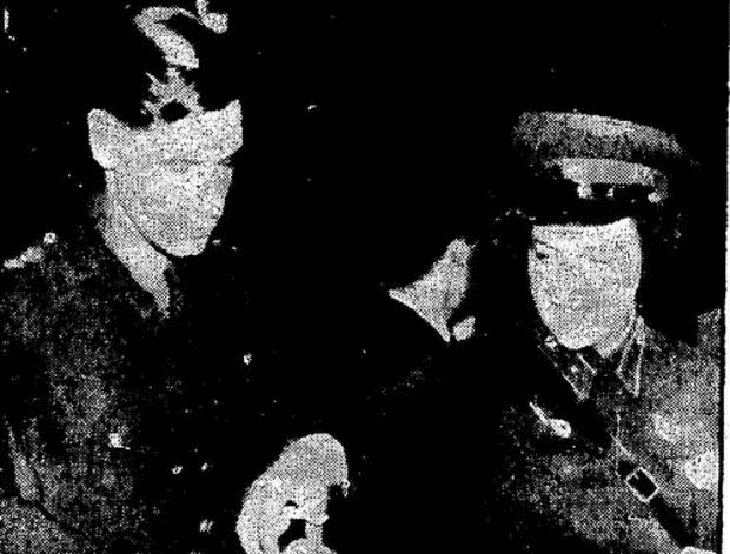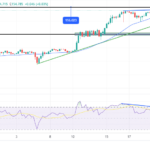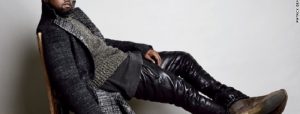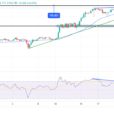
“We were taught snipers were cowards. Will shoot u in the back.”
So said filmmaker Michael Moore this week, in a tweet heard ’round the country.
Not many Americans received the same lesson as Moore. Military snipers have been hailed as heroes for years, long before Navy SEAL Chris Kyle became famous.
The late Kyle, the subject of Clint Eastwood’s hit movie “American Sniper” (which prompted Moore’s tweet), had 160 confirmed kills in Iraq. He was so good that his fellow SEALs called him “The Legend.”
But he wasn’t the most prolific sniper ever. Lyudmila Pavlichenko, a Soviet markswoman, scored more than 300 kills during World War II. Smithsonian magazine has called her “the most successful and feared female sniper in history.” Her exploits became so well known that in 1942, with the war still raging, she toured the U.S., including a jam-packed stop in Portland.
The 25-year-old’s mission was to help drum up public support in the U.S. for a second front in Western Europe, and fascinated Americans turned out to see her in the flesh. She met with First Lady Eleanor Roosevelt. Woody Guthrie wrote a song about her.
In New York City, Mayor Fiorello LaGuardia feted her, and the International Fur and Leather Workers Union offered her a gift: a “full-length raccoon coat of beautifully blended skins, which would be resplendent in an opera setting.” It would be equally resplendent, a reporter noted, “on Russia’s bloody steppes when Lyudmila Pavlichenko returns to her homeland.”
The press dubbed her “Sniper Girl.” One reporter, noting Pavlichenko’s attractive face, asked if she was allowed to wear makeup on duty. Pavlichenko paused, and a quizzical look fell over her features as the interpreter translated the question. “There is no rule against it,” she said, “but who has time to think of her shiny nose when a battle is going on?”
Another reporter asked if she minded wearing such a drab uniform. Pavlichenko responded that she wore her uniform “with honor.” Taking a subtle jab at American capitalism, she said it was clear that American women were concerned “whether they (could) wear silk underwear under their uniforms. What the uniform stands for, they have yet to learn.”
No one was quite sure how to take that. “The only thing up to now which seems to have flustered her was her first experience with photographers’ flash-bulbs,” wrote the Wide World News Service. “Then this feminine soldier who has faced machine-gun strafing ‘froze.’ “
On October 5, Pavlichenko landed in the Rose City. “Portland citizens who are within hearing distance Monday will be given opportunity to hear the term ‘nazi’ pronounced with a kind of spitting vehemence by a young woman who is an authority on the subject,” The Oregonian wrote. “That, of course, would be Lieutenant Liudmila [sic] Pavlichenko. She doesn’t like live nazis. But she is of the belief that dead nazis are harmless. She, personally at Odessa, Sevastopol and on the Russian steppes, has converted 309 nazis to harmlessness.”
Pavlichenko’s story filled the press before her arrival. Portland newspaper readers learned that she was Ukrainian, not Russian; she was born in the town of Balaya Tserkov, near Kiev.
“I am an ordinary-looking girl,” she said through the International News Service. She said she used to wear her hair long, but she “had to have it cut short as soon as war broke out, and now my cap covers it.”
She had been wounded four times in battle. (She was suffering from shell shock, though the press didn’t know about this.)
“I have a little scar on my forehead just above the bridge of my nose. That is a mark left by a German long-range shell splinter. I have four of these scars, by the way.”
As a girl in Balaya Tserkov, she was an avid athlete — “running, jumping, discus-throwing, rowing, swimming, and I even thought of trying my hand at weight-lifting.”
Her competitiveness led her to become a “sure-shot.” “Once I happened to hear a boy boast of how he had made eight out of 10 points at a shooting range. That was enough to send me running to the range. I took a fancy to shooting and by 1938 I had gone through a sniper’s school.”
She dropped out of Kiev University, where she was studying to become a history teacher. “I dreamt of becoming a scholar, instead of which I have become a sniper,” she said. (After the war, she would return to her studies and work as an historian.)
Pavlichenko said she “had to resort to all kind of dodges” to get into the army, since at the time women weren’t allowed, “and after a long time I did and took part in the defense of Odessa.”
“Took part” was an understatement. Her first time in battle, she settled into position with other snipers, about 400 yards from dug-in Romanian soldiers fighting for the Axis Powers. Nerves suddenly gripped her.
“I knew that my task was to shoot human beings,” she recalled. “In theory that was fine, but I knew that the real thing would be completely different.”
Then a fellow Soviet soldier next to her slumped over, a bullet in his head. Pavlichenko couldn’t believe it. “He was such a nice, happy boy,” she recalled. “And he was killed just next to me.” This jolted her into action.
“We were forbidden by the commander to shoot without permission. I passed the word down the line, ‘May I fire?’ and waited impatiently for a reply. Instead, the commander sent back a question.”















